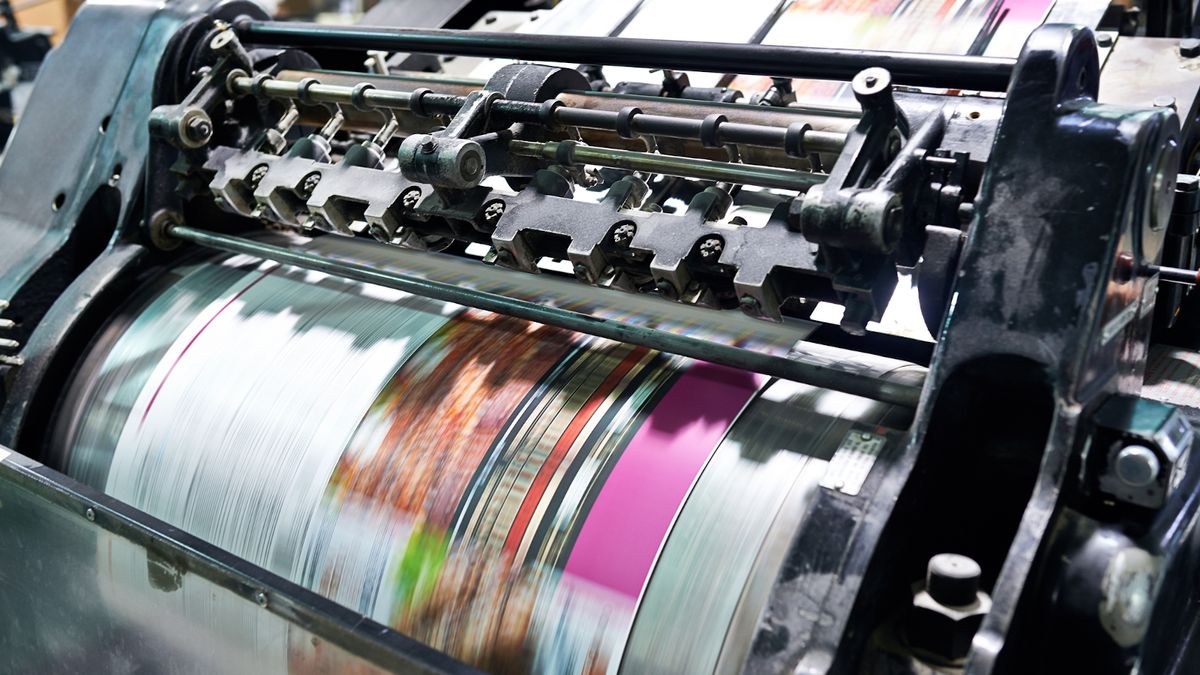In today’s fast-paced world, sticky labels have become an indispensable tool for organization, branding, and identification. Whether you’re running a small business, organizing your home office, or planning an event, knowing how to print sticky labels efficiently can be a game-changer. This article will guide you through the process with simple steps and practical tips.

Understanding Sticky Labels
Sticky labels are versatile tools used to label items for personal or business use. They can be found in various formats, from address labels to product labels, and are essential for enhancing the visual and organizational aspects of any work environment.
Why Print Sticky Labels at Home or Office?
Printing sticky labels at home or in the office provides flexibility and convenience. It’s cost-effective and allows for customization in urgent situations. More importantly, it ensures that your labels are perfectly tailored to your needs, without the wait or cost of outsourcing.
Choosing the Right Printer
To start with, selecting the right printer is crucial. Laser printers and inkjet printers each have their benefits and considerations. While laser printers are known for their speed and precision, inkjet printers are favored for their color accuracy.
Selecting Your Label Design Software
Software like Microsoft Word, Avery Design & Print, and Adobe Illustrator can help design labels. These platforms offer templates and design tools that simplify the process, catering both to beginners and advanced users.
Setting Up Your Printer for Label Printing
Ensure your printer settings align with your label’s size and type. Most importantly, adjust the paper type in your printer settings to ‘Label’ or ‘Heavyweight’, which will optimize the print quality.
Paper Matters: Choosing the Right Label Sheets
The choice of label paper impacts the final quality of your print. Matte, glossy, or transparent each has its unique finish and application. Consider your project’s requirements when selecting your paper.
Steps to Printing Your Sticky Labels
- Design your label using chosen software.
- Load the label sheet into the printer.
- Adjust printer settings for label printing.
- Run a test print to ensure alignment and quality.
- Print final copies and allow them to dry if using inkjet printers.
Tackling Common Printing Issues
Misalignments, paper jams, and ink smudges are common. Regular maintenance of your printer and using high-quality label sheets can help mitigate these issues.
Innovative Uses for Sticky Labels
Sticky labels go beyond traditional uses. They can be used for creative projects like brand building, promotional products, and organizing digital files with QR codes for easy access.
FAQs
- What is the best printer for sticky labels? Laser printers are preferred for their precision and speed, but inkjets are suitable for vibrant colors.
- Can I print sticky labels using a thermal printer? Yes, thermal printers are great for printing labels efficiently, especially in commercial settings.
- What size labels should I choose? Size depends on your specific need, from small address labels to larger product labels.

Conclusion
Printing sticky labels is a useful skill that can bring a tremendous advantage to both personal tasks and business operations. By understanding the technology involved and carefully selecting your materials, you can create labels that stand out and serve your purposes effectively.
Learn more about printing labels by visiting this detailed guide on using thermal printers.







